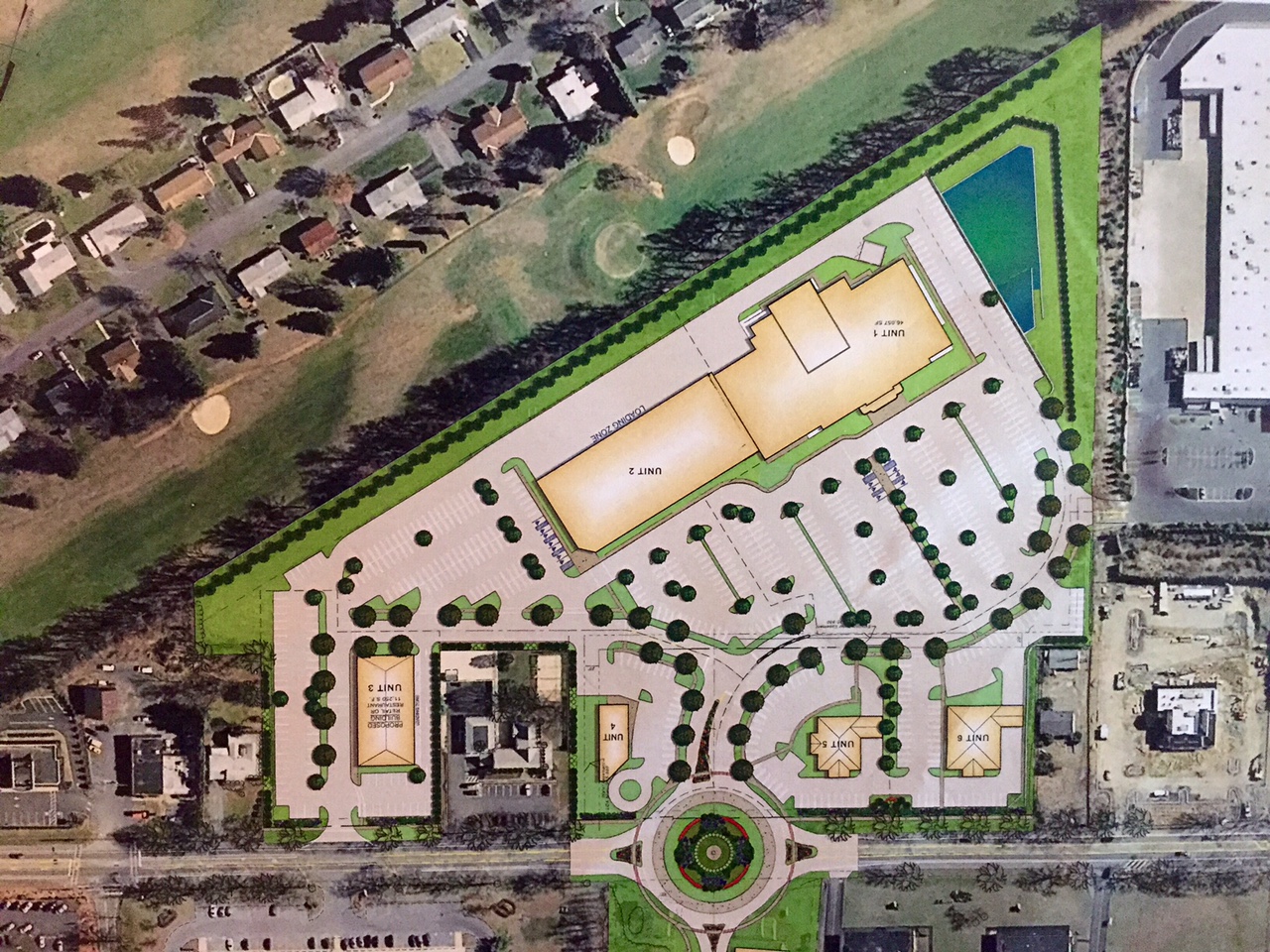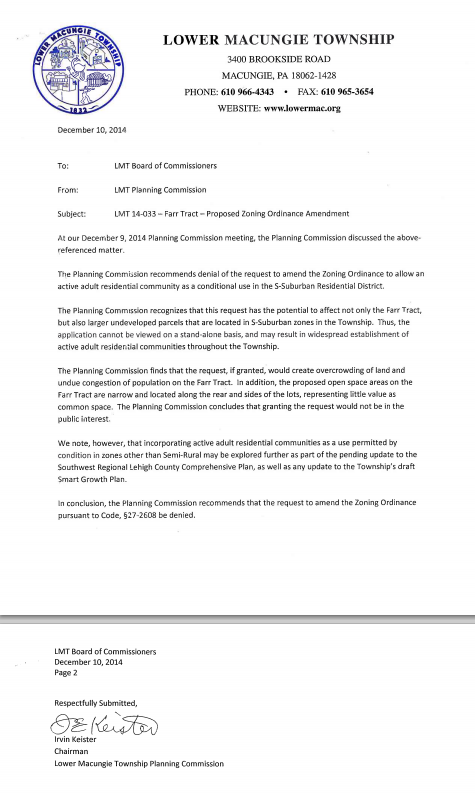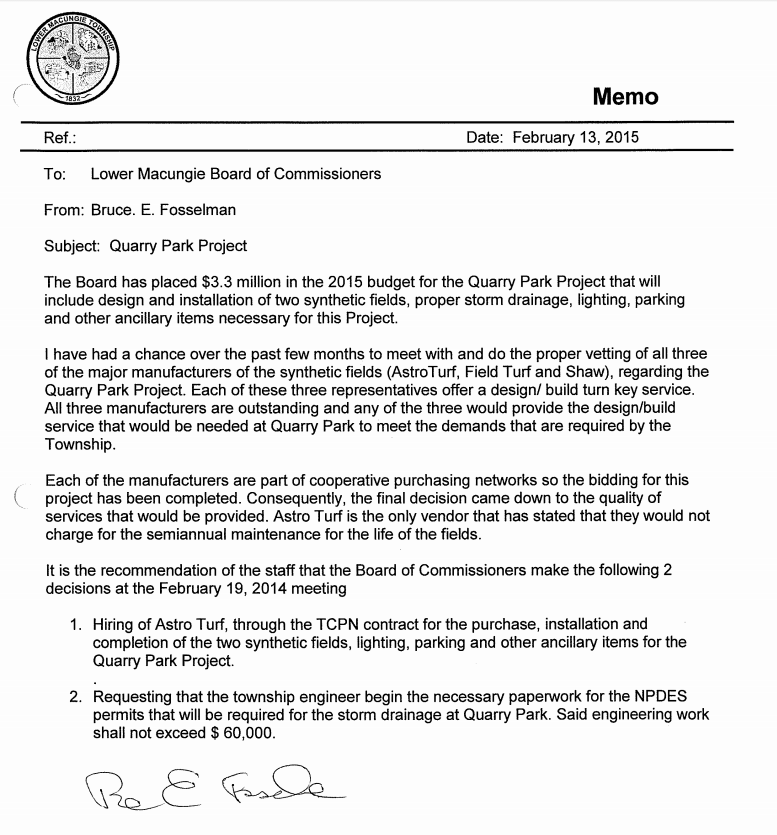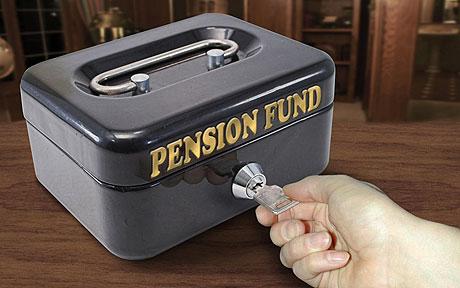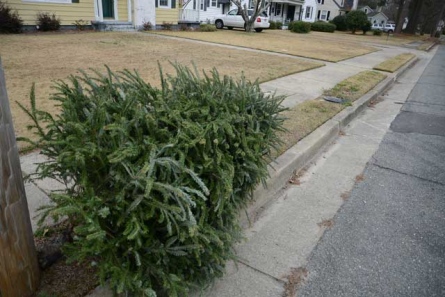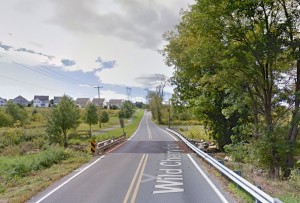Here is coverage of this years budget vote.
I found myself in the position of voting “No” on the budget again. Despite finding myself in this place two years in a row, it is not a position I like, seek or expect to find myself in two years in a row.
However, as it is the biggest decision we make over the course of a year – and understanding I shouldn’t expect to ever be 100% satisfied when on a governing body with reality of “5 cooks in a kitchen” – I found myself again in the familiar position of having serious issues with major components.
Below, is explanation about items I couldn’t get my head around to support. I felt it’s important I share this in detail. I’d be happy to answer questions as always. Ronbeitler@gmail.com or shoot me a comment below.
1.) Unanswered bond questions relate to fiscal strategy. The initial proposed budget reflected floating an “up to” 9M dollar bond. A menu was provided to us in our budget binder giving us options to consider various bond amounts/lengths paired with tapping into the general fund balance at various levels to fund 9M of capital projects. As of adoption, these amounts/details were not decided. Therefore huge decisions were left up in the air and unresolved.
2.) Credit vs. Bond. There was also consideration for establishing a line of credit in lieu of a bond. I was far more comfortable with this since a line of credit allows us to take advantage of great rates but without obligating us to spend X. (X being undetermined). I preferred this flexibility. This would allow us to debit “as needed”. Also preserving the option of “not needed at all”. Since as we know government projects are extremely susceptible to a sort of “vision creep” once a bond is floated. Meaning, it leads to seeking out projects to spend ‘X’ amount of money once your essentially obligated to spend ‘X’. Rather then a real demand/need being the driving force.
3.) I do not support increasing our yearly debt payments. I do not want to – even for a short period of time – increase the yearly debt service we pay now. Some scenarios would do that. So again, not having that locked down is a problem.
4.) A changed open space funding strategy. I supported a build up of the general fund reserve over the last few years for a very specific reason. That being, as part of a comprehensive open space preservation strategy. We are able today, to consider on a case to case basis opportunities as they arise. This flexibility is important. For example, right now we are considering the purchase of the Shep. Hills golf course development rights. Because of our substantial “cash” on hand position above and beyond our fund balance requirements we are able to retain the ability to move relatively quickly. In all things cash is king and cash reserve gives us the greatest flexibility. Recently we also agreed paid for a new ladder truck with reserves. Doing so we took advantage of additional savings. Using reserves (cash) is often times preferable to debt. Drawing down our savings/cash position imo actually reduces our ability to react quickly to land preservation opportunities. This budget proposed at some yet undetermined level that we transfer funds from the reserve to pay for a gymnasium project.
5.) I support library expansion. But the project quickly grew beyond that scope. While I support a library expansion of some sort since it is a demonstrated need – as with all bond funded projects the conversation experienced a very rapid “vision creep”. It very quickly expanded from a discussion of matching library funds (for let’s say 250,000 dollars) to secure a grant opportunity for funding a major 5 million dollar community center expansion. I was not ok with the speed this discussion morphed. We had some long term planning activities exploring full gym expansion, but never did I think it was going to become a debt serviced item in the 2017 budget. The amount of money we are considering to spend now should be put to referendum.
6.) Sewer rate increase stinks. It is an unfunded mandate. Although the sewer rate increase is unfortunate, it had nothing to do with my “no” vote. As explained in the morning call article, this is an unfunded mandate put on us by the EPA. This is unfortunately reality. One that every community is dealing with. The increase was an unfortunate necessity. The entire board however did push back on the initial request of 20% in favor of 15%. To ignore this would have been irresponsible. Here is additional information.
7.) This years budget again contains no tax increases. 3 years ago we were able to reduce property tax bills for the majority of residents. It’s in my opinion this stability should remain the case for the foreseeable future if we are able to lock down our spending and stabilize revenue. But we have to strategically plan to avoid the common pitfalls.
I believe we can do this while still making key investments to improve our community. Part of a comprehensive strategy to keep spending stable is to break the debt cycle or at least significantly reduce it. Or at least challenge in a meaningful way the status quo. With our current debt expiring in 2019 we had a golden opportunity to do this and we didn’t. Instead we opted for the standard “playbook” of wrapping our debt around for wants not needs. This is an “everyone does it” type issue. I challenge the assumption we have to carry debt at all. We can’t expect to do the same thing every municipality does and then expect a different result. 41% of PA municipalities are distressed. Many more are on a track towards. Something is broken that few are addressing. The debt cycle I believe is one of those things.
The problem is adherence to the playbook. This is why such a high % of Pennsylvania municipalities find themselves distressed. Everyone falls into the same cycle. We are not distressed. Far from it. Living off our growth in ways. But I’d like to keep it that way after the growth slows. I’m interested in breaking certain cycles. We have a number of serious timebombs in this community. Police protection, fire protection, mounting public liabilities related to warehousing. There is a good chance we are going to have to deal with one or more in the next ten years. And it won’t be a choice whether or not we address them. It’s likely we’ll now be doing so carrying the burden of this bond which could reflect increased yearly debt payments. I’m not convinced we had to. So we’re weakening our long term position which will only compound with future issues that we know are coming.
41% of PA muni’s are distressed. Why?


